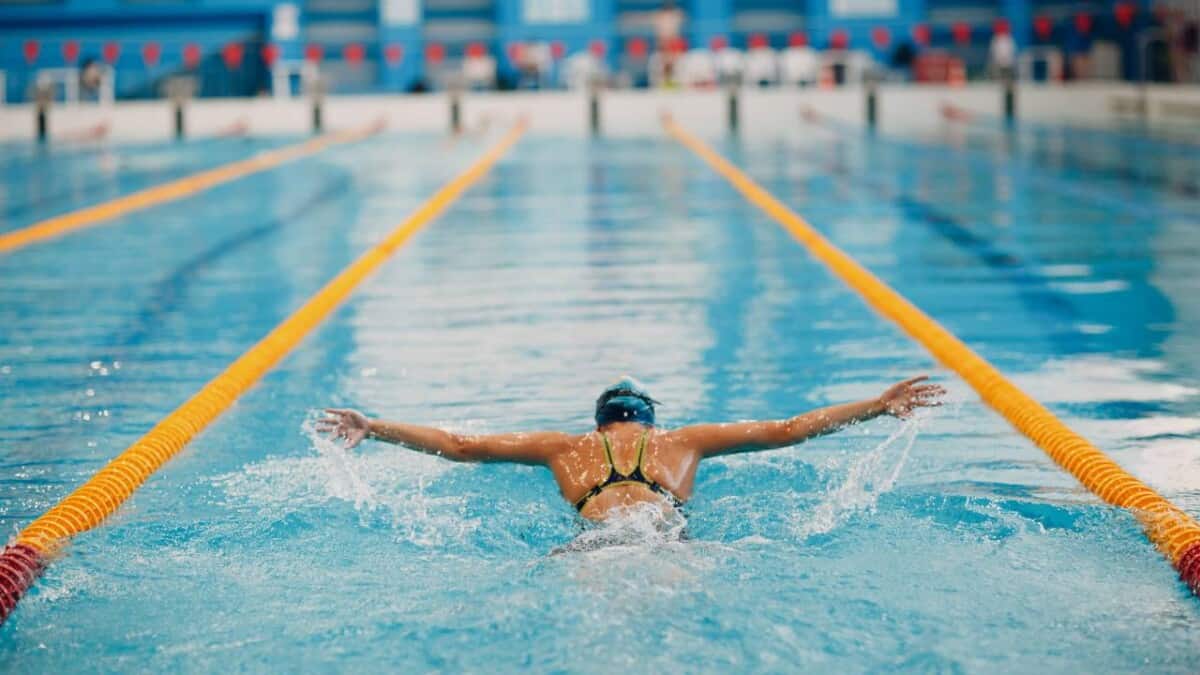Swimming is a popular sport that requires a lot of physical exertion and stamina. One of the most common distances swimmers compete in is the 200-yard swim. The average time to swim 200 yards can vary depending on a number of factors, such as age, gender, and ability.
The average 200-yard time across all ages and genders is around 5 minutes. However, this time can differ greatly depending on the individual’s level of experience and fitness. For example, a good 200-yard time for a man is 04:52, while for a woman, it is 05:28. For more advanced swimmer a good 200 yard time is 03:19.
Table of Contents
The Average Time to Swim 200 Yards By Age
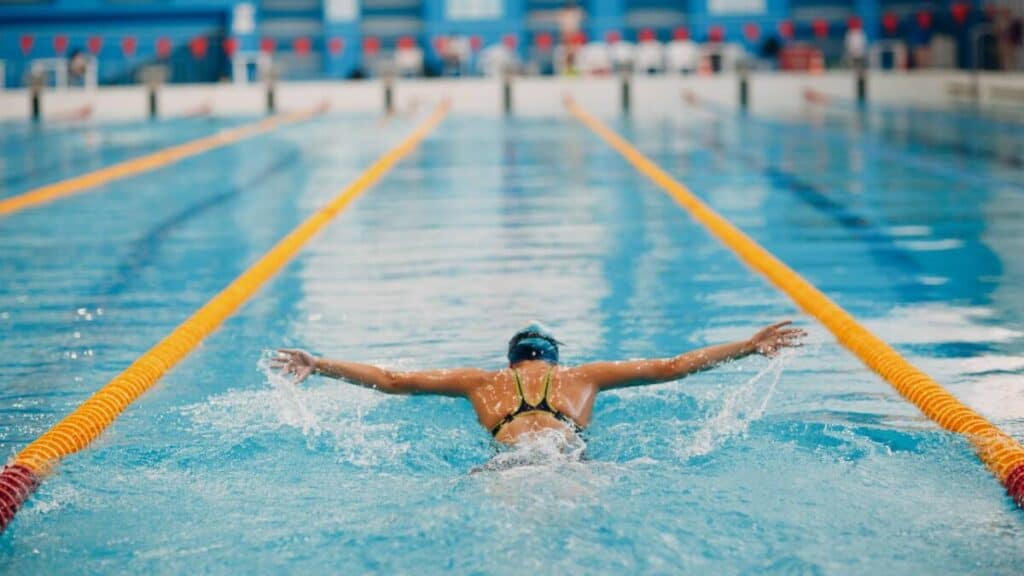
Swimming is a great cardiovascular exercise that can help improve overall fitness and strength. The 200-yard swim is a common distance swum in both recreational and competitive swimming. The average time to swim 200 yards can vary depending on several factors.
The table below gives a detailed and accurate look at the average swim times for your age and gender. This will provide you with a better estimate of your 200 yards swim time then using overall estimates.
Average Time to Swim 200 Yards By Age Males
| Age | Average Time to Swim 200 Yards Males |
| 10-15 | 05:40 |
| 15-20 | 04:58 |
| 20-25 | 04:48 |
| 25-30 | 04:52 |
| 30-35 | 04:54 |
| 35-40 | 05:02 |
| 40-45 | 05:10 |
| 45-50 | 05:24 |
| 50-55 | 05:36 |
| 55-60 | 05:48 |
| 60-65 | 06:02 |
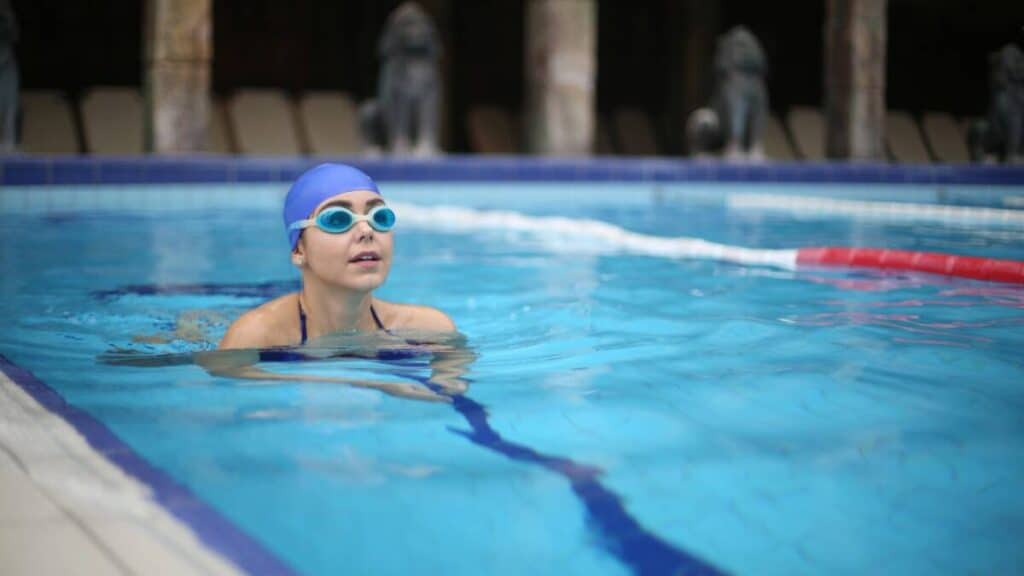
Average Time to Swim 200 Yards By Age Females
| Age | Average Time to Swim 200 Yards Females |
| 10-15 | 06:20 |
| 15-20 | 05:38 |
| 20-25 | 05:28 |
| 25-30 | 05:34 |
| 30-35 | 05:38 |
| 35-40 | 05:46 |
| 40-45 | 05:50 |
| 45-50 | 06:04 |
| 50-55 | 06:12 |
| 55-60 | 06:28 |
| 60-65 | 06:34 |
Other Swimming Distances Time you Might Like;
Average Time to Swim 100 Yards
Average Time to Swim 300 Yards
Average Time to Swim 400 Yards

Factors that Affect Swim Time
The following factors can affect the average time to swim 200 yards:
- Age: As we age, our swimming speed tends to decrease. Therefore, younger swimmers may have a faster average time to swim 200 yards compared to older swimmers.
- Strength and Cardio: Swimmers who have better cardiovascular fitness and strength tend to swim faster than those who do not.
- Training: Swimmers who train regularly and follow a structured training programme tend to have a faster average time to swim 200 yards than those who do not.
- Pool: The type of pool used can affect swim time. For example, swimming in a short course pool (25 yards) may result in a faster swim time compared to a long course pool (50 meters).
Training for a Faster Swim Time
If you are looking to improve your average time to swim 200 yards, the following training tips may help:
- Strength Training: Incorporating strength training exercises can help improve overall strength and power, which can translate to faster swim times.
- Cardiovascular Training: Engaging in cardiovascular exercise such as running or cycling can help improve overall cardiovascular fitness, which can also translate to faster swim times.
- Swim Training: Incorporating swim training into your workout routine can help improve technique and overall swim speed. Consider working with a swim coach to develop a structured swim training programme.
The average time to swim 200 yards can vary depending on several factors such as age, strength, cardio, and pool type. If you are looking to improve your swim time, consider incorporating strength and cardiovascular training into your routine, as well as swim training with a coach.
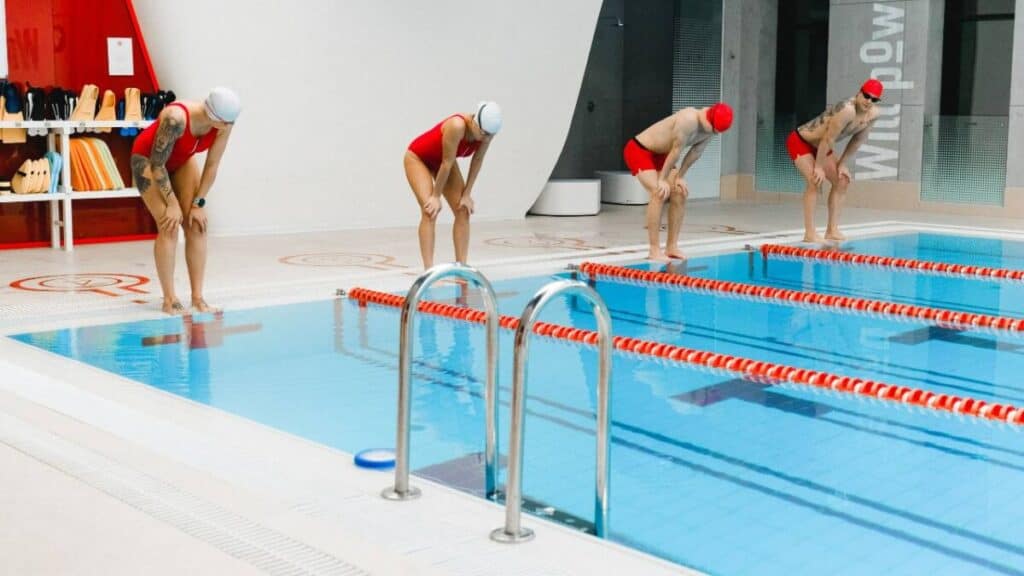
World Record 200 Yard Swim Time
The table below shows the world records for the 200-yard freestyle swim in short course and long course formats:
| Format | Men’s World Record | Women’s World Record |
|---|---|---|
| Short Course | 1:30.55 | 1:41.08 |
| Long Course | 1:42.00 | 1:52.98 |
How Many Laps is 200 Yard Swim?
Swimming 200 yards is equivalent to 8 laps in a 25-meter pool, or 4 laps in a 50-meter pool. This can vary depending on the size of the pool, as a 25-yard pool would require 70.4 laps to swim one mile. It is important to pace yourself when swimming this distance, and take it one lap at a time if necessary.
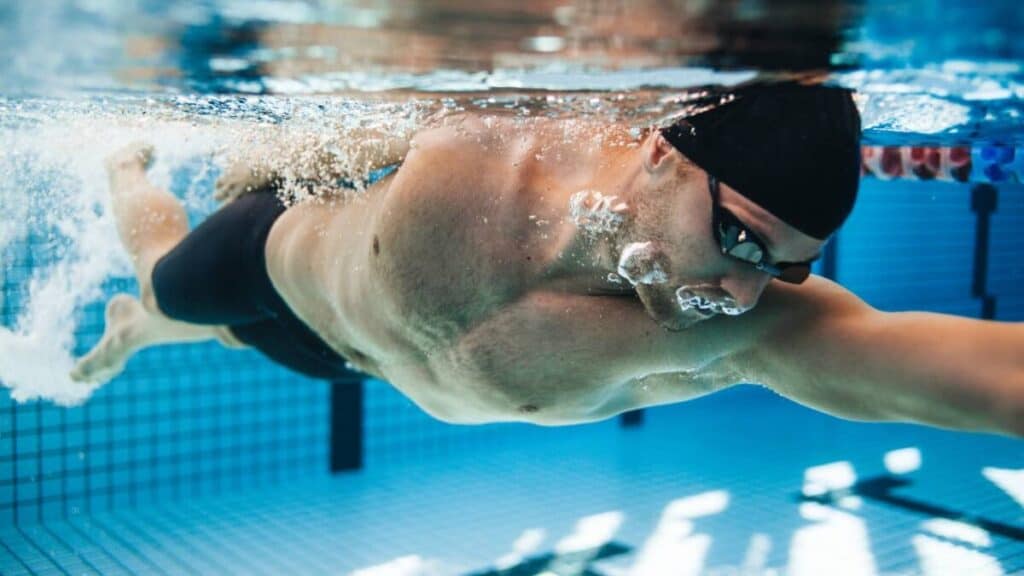
Techniques for a Faster Swim Time
Backstroke Technique
When it comes to backstroke, the key is to maintain a streamlined body position and reduce drag. Here are some tips to improve your backstroke technique and reduce your swim time:
- Keep your head still and in line with your spine.
- Keep your hips high in the water to reduce drag.
- Use a strong and steady kick to maintain propulsion.
- Keep your arms straight and close to your body, with your hands entering the water pinky first.
- Use a six-beat kick to maintain a steady rhythm.
Breaststroke Technique
Breaststroke is a more technical stroke, but with proper technique, you can improve your swim time significantly. Here are some tips to improve your breaststroke technique:
- Keep your head down and look at the bottom of the pool.
- Keep your elbows in and your hands close to your chest.
- Use a strong and powerful kick to propel yourself forward.
- Keep your hips high in the water to reduce drag.
- Use a sweeping motion with your arms to maintain momentum.
In addition to these tips, it is important to maintain a consistent and efficient stroke rate. This can be achieved through regular training and drills, such as interval training and stroke drills.
By improving your backstroke and breaststroke technique, you can reduce your swim time and improve your overall performance in the water.

Average Time to Swim 200 Yards Summary
The average time to swim 200 yards varies depending on several factors such as age, gender, and swimming ability. The average 200-yard time for all ages and genders is 5 minutes, while the average time for men of all ages is 04:52.
It is important to note that the average time is just a benchmark, and individual times can vary significantly based on the swimmer’s level of training and experience. For example, a college swimmer may have a much faster time than an adult who only swims for leisure.
While there is an average time to swim 200 yards, it is important to focus on individual improvement rather than comparing times to others. With regular practice and training, swimmers can improve their swim time and achieve their personal best.
